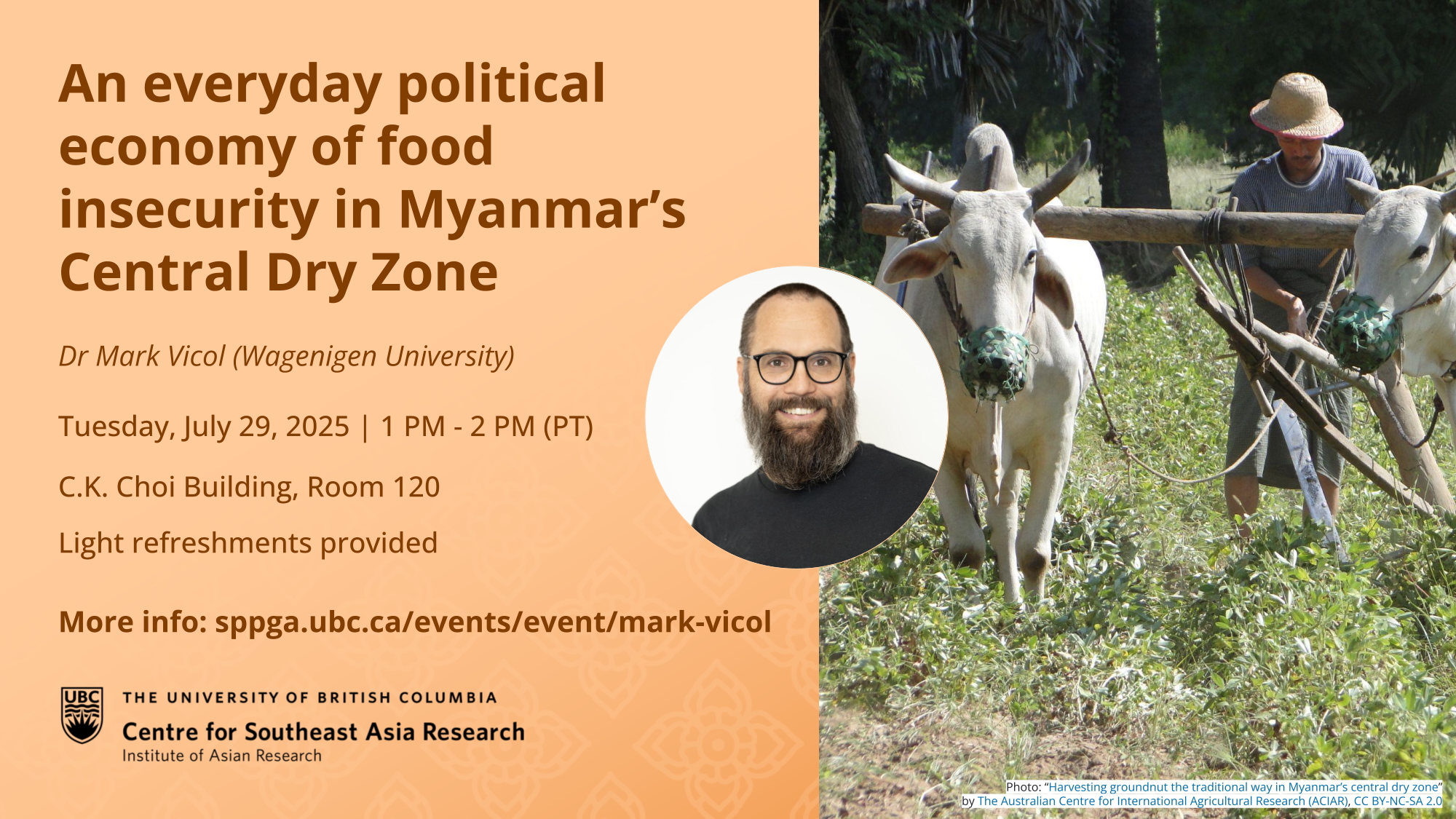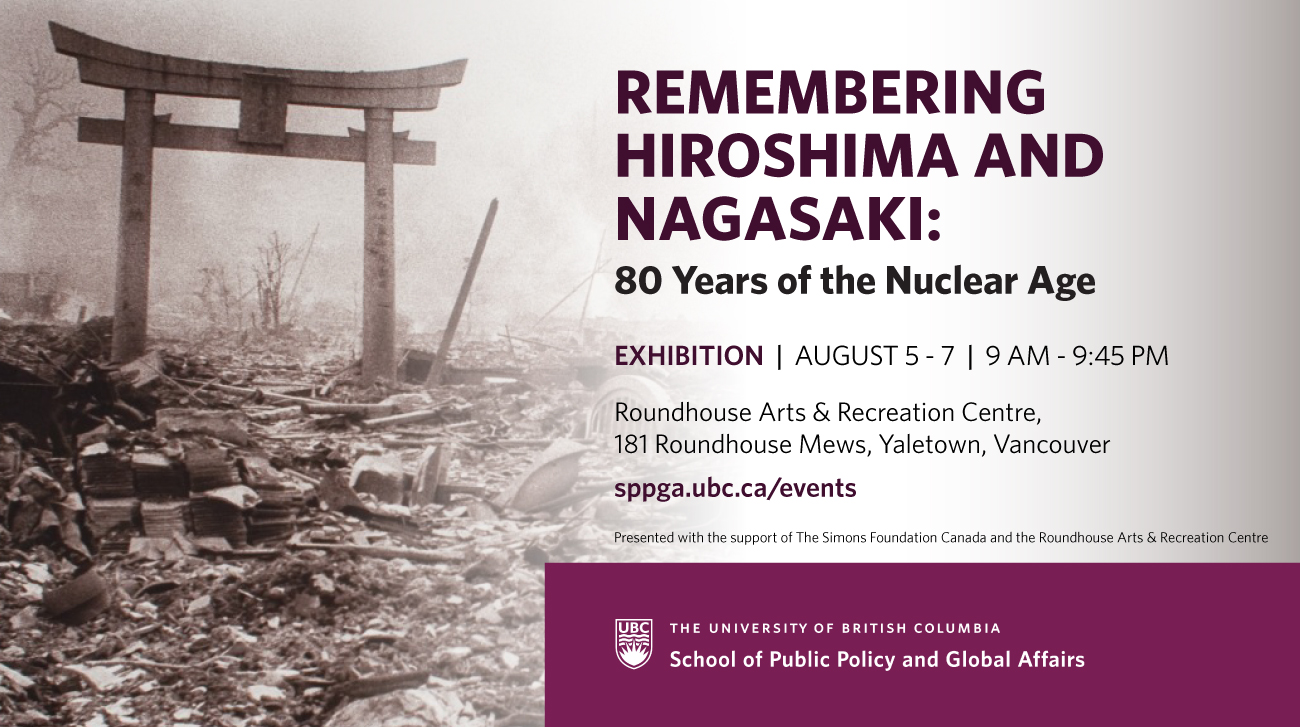Abstract:
Ishimure Michiko is often represented as a founder of Japan’s environmental movement, thanks to her efforts to represent those affected by Minamata Disease through grassroots organization, direct action, and literary works. Among Ishimure’s writings are two noh plays: Shiranui, staged in 2002, and Okinomiya, which will be performed in October 2018 featuring costumes naturally hand dyed and woven by Living National Treasure Shimura Fukumi.
My presentation will examine Ishimure’s Okinomiya and its production from the perspective of translator and tangential contributor. By examining current ecocritical approaches to Ishimure’s oeuvre, I will show how scholars and interlocutors have approached her complex use of narrative, voice, and dialect by sometimes reducing it to an interaction with classical, traditional, or premodern forms. What does this tell us about our understanding of the “premodern” and why a noh play about war, natural disaster, and human sacrifice is being painstakingly produced in 2018?


